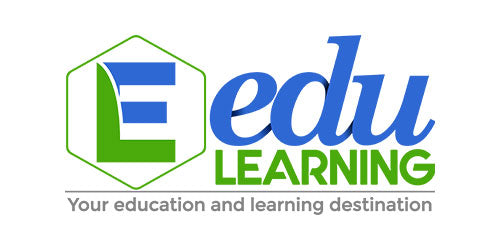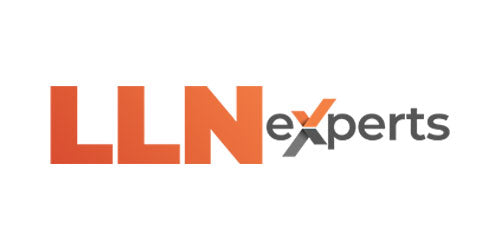Introduction
Vocational Education and Training (VET) is crucial in preparing individuals for specific trades and professions, providing them with the necessary skills and knowledge to succeed in their chosen careers. One of the most important aspects of VET is assessment, which ensures that learners meet industry standards and are competent in performing job-related tasks. Effective assessment practices are essential for maintaining the quality and integrity of VET programs. This article explores best practices and strategies for conducting assessments in VET, emphasising the principles of adult learning and compliance standards.
The Importance of Effective Assessments in VET
Assessments in VET are designed to evaluate whether learners have acquired the skills and knowledge required to perform tasks competently in their chosen field. Effective assessments:
- Validate Competence: Ensure that learners meet industry standards and can perform job-related tasks effectively.
- Support Learner Development: Provide feedback that helps learners identify strengths and areas for improvement.
- Maintain Industry Relevance: Ensure that training programs remain aligned with current industry practices and requirements.
- Ensure Compliance: Meet regulatory and accreditation requirements, ensuring that qualifications are recognised and respected.
Principles of Effective Assessment
Effective assessment practices in VET are grounded in key principles that ensure fairness, validity, reliability, and flexibility. These principles, articulated in the Standards for Registered Training Organisations (RTOs) 2015, provide a framework for designing and implementing assessments.
Fairness
- Consider Individual Needs: Adapt assessments to accommodate learners' individual needs and circumstances.
- Provide Clear Information: Inform learners about the assessment process and criteria.
- Offer Opportunities for Reassessment: Allow learners to challenge assessment results and undergo reassessment if necessary.
Flexibility
- Reflect Learners' Needs: Tailor assessments to meet the diverse needs and contexts of learners.
- Utilise Various Methods: Use a range of assessment methods to capture different aspects of competence.
- Recognise Prior Learning: Consider prior learning and experiences in the assessment process.
Validity
- Align with Competency Standards: Ensure assessments measure the competencies specified in the training package.
- Integrate Theory and Practice: Assess both theoretical knowledge and practical skills in relevant contexts.
- Reflect Real-World Tasks: Design assessments that mirror real-world tasks and scenarios.
Reliability
- Consistent Interpretation: Ensure consistent interpretation of evidence across different assessors and contexts.
- Clear Criteria: Develop clear assessment criteria and benchmarks.
- Standardised Processes: Implement standardised assessment processes to ensure consistency.
Best Practices for Conducting Assessments in VET
Implementing effective assessments in VET requires a strategic approach that incorporates these principles. Here are some best practices to consider:
1. Comprehensive Assessment Planning
Strategy: Develop a detailed assessment plan that outlines the assessment process, methods, criteria, and timelines.
Implementation:
- Assessment Mapping: Map assessments to the competencies outlined in the training package.
- Assessment Schedule: Create a schedule that includes formative and summative assessments at appropriate intervals.
- Resource Allocation: Ensure the necessary resources, facilities, and equipment are available for assessments.
2. Diverse Assessment Methods
Strategy: Use a variety of assessment methods to capture different dimensions of competence.
Implementation:
- Direct Observation: Assess learners' performance through direct observation in practical settings.
- Written Assessments: Use written tests, assignments, and projects to evaluate theoretical knowledge.
- Practical Tasks: Design practical tasks that simulate real-world scenarios.
- Third-Party Reports: Collect feedback from workplace supervisors and other relevant third parties.
3. Clear Communication
Strategy: Communicate assessment requirements, processes, and expectations clearly to learners and assessors.
Implementation:
- Assessment Guides: Provide detailed assessment guides and instructions.
- Briefing Sessions: Conduct briefing sessions to explain assessment tasks and criteria.
- Regular Updates: Keep learners and assessors informed about any changes to the assessment process.
4. Ongoing Feedback and Support
Strategy: Provide continuous feedback and support to learners throughout the assessment process.
Implementation:
- Formative Feedback: Offer constructive feedback on formative assessments to guide learners' improvement.
- Mentoring: Assign mentors or coaches to support learners in their preparation for assessments.
- Remedial Support: Provide additional support for learners who struggle to meet assessment criteria.
5. Robust Record Keeping
Strategy: Maintain accurate and comprehensive records of all assessment activities and outcomes.
Implementation:
- Assessment Records: Keep detailed records of assessment tasks, evidence, and results.
- Feedback Documentation: Document feedback provided to learners.
- Compliance Records: Maintain records required for compliance with regulatory and accreditation standards.
6. Continuous Improvement
Strategy: Regularly review and improve assessment practices based on feedback and evaluation.
Implementation:
- Stakeholder Feedback: Collect feedback from learners, assessors, and industry stakeholders.
- Review Meetings: Conduct regular review meetings to evaluate assessment practices and outcomes.
- Action Plans: Develop and implement action plans to address identified areas for improvement.































